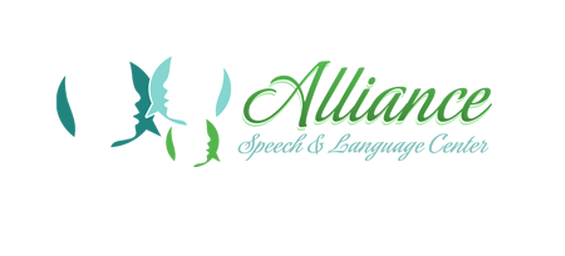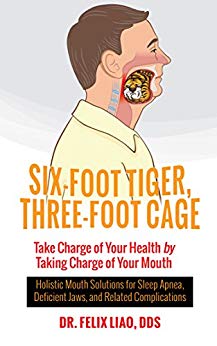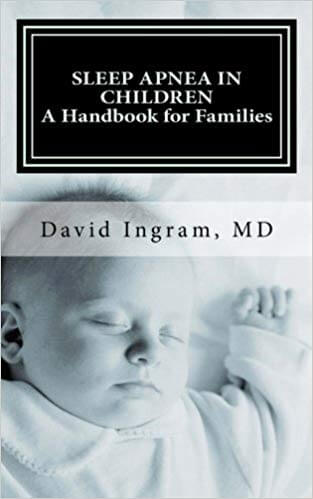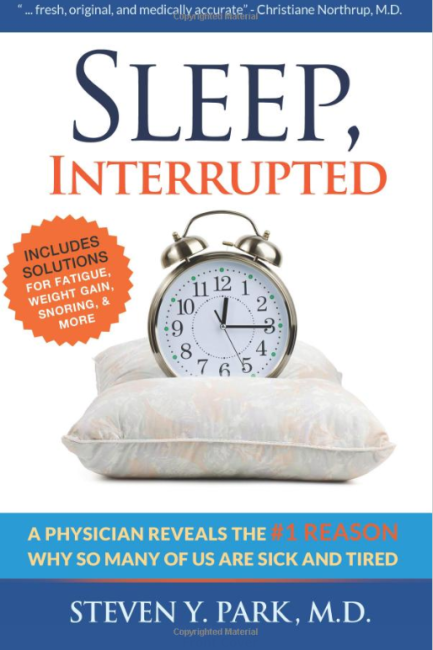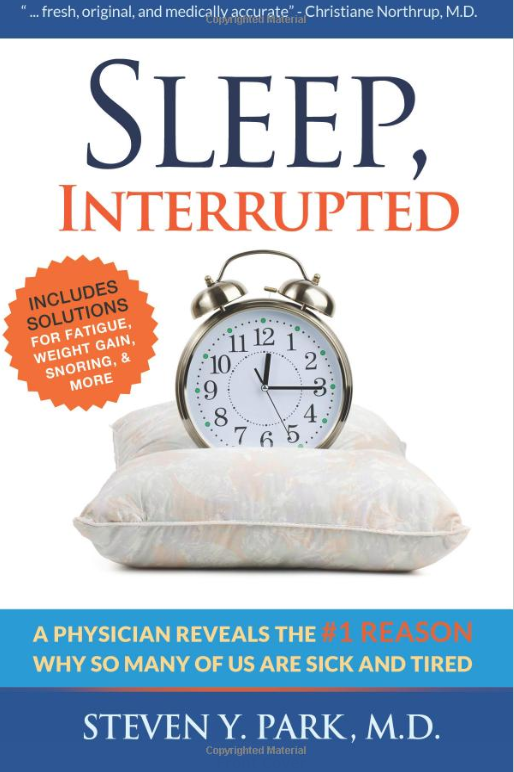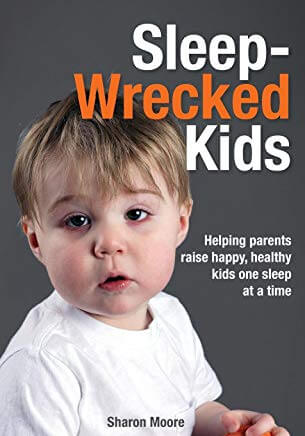I read an article in Toastmaster’s magazine recently about Neuroplasticity. I immediately took interest as I have been reading about and applying the principles of neuroplasticity for years in my work as a SLP. Neuroplasticity is the ability the brain has to change, depending on repeated stimulation or exposure to specific experiences or actions. When you change the wiring in the brain, you create improved associations between activities and increase the processing efficiency of thoughts and actions.
One of the most interesting books I have come across on the subject is by Norman Doidge, “The Brain That Changes Itself”. It explains how spending the amount of time that we do on certain activities, actually changes the neuropathways of our brain – changing the wiring of the brain – producing specific associations, for better or for worse. Neurons that fire together, wire together. Some positive changes might be learning a new language, learning to ballroom dance and improving your memory skills. Some negative changes might mean you develop addictions such as gambling or become desensitized to violence from playing certain video games. The more you are exposed to it, the more you need to create excitement for your brain’s neurons to fire and have release of endorphins which make you feel good. Changes to the brain are possible throughout our lifetime, although it does slow down considerably as we age. But the old adage “you can’t teach an old dog new tricks” is erroneous. However, frequency, intensity and repetition are all important if you are interested in making changes in the brain. So, choose your activities wisely and remember it’s never too late to learn something new.
The tool that I started using fervently in my practice 10 years ago, when I first started reading about neuroplasticity was something most of us really like. Music. Music has the ability to excite neurons, create mood, help us learn, facilitate action. It is used to heal, aid us in prayer, march soldiers and teach young children the alphabet and important facts. Neuroplasticity and the power of music.
Music helps us move – listening to music with a good beat provides the pace and the rhythm for everything from aerobic exercise, to running, to ice-skating, to lifting weights to cardio activities in the water. It usually has a fast, strong bass beat to help ground us and provide us with rhythm, and high tones for increased energy. It can help us be creative and inspire us. High pitch, fast pace makes us want to get up and go – whether it’s to exercise, dance or do something constructive around the house. But it also provides us with improved abstract thought.
Classical music has been particularly helpful in helping us learn. Don Campbell, who wrote “The Mozart Effect”, explains how this particular genre of music mimics language. There is intonation and turn-taking inherent in the composition, especially in Mozart’s music and other classical pieces which have mathematical patterns that are repetitive, and has been scientifically proven to improve the intelligence of young children who are exposed to it on a regular basis. Participants in music education in school perform better on the math and reading sections of the SATs and improve their memory and concentration. The corpus callosum of the brain of musicians is strengthened, bridging the left and right hemispheres of the brain and allowing them to communicate more efficiently. There are middle tones in the music that is facilitating to us for learning and thinking – a great companion to studying.
Music can help us heal – it can help us relax, lower blood pressure, even reduce the number of seizures in epileptics. It improves those recovering from stroke and head injury. With slower pace, fewer beats per minute (bpm), we entrain to the music as our breathing and heart rate slow down to match it, often used in Yoga, for instance. For those of you with insomnia, avoid watching highly stimulating TV late at night and try listening to slow music.
I have used specially engineered music with certain specifications to be used therapeutically, to help clients with auditory processing disorders, ADHD, language disorders, autism spectrum disorders and more. It is produced by Advanced Brain Technologies and is called The Listening Program® or TLP. I have seen huge transformations in my clients who follow certain listening protocols. They typically listen to special music for 30 minutes a day, 5 days a week, for at least 20 weeks. It supplements the therapy they receive. The most powerful delivery of this specially engineered music is via Bone Conduction. Advanced Brain Technologist also produces The Sound Health Series, which is music for various needs: Music for Concentration, Thinking, Learning, Relax, Destress, Inspiration and Motiviation. I also use a variety of music while patients are performing certain exercises; for young children it might be music from popular Disney or Pixar films – “Up”, “Cars” and “Frozen” to name a few. Not only do they keep up a certain pace and rhythm to the exercises they are doing, but they associate the activity with a more positive experience as they are enjoying the music as well.
So whatever your age, if you are in the market to make changes in the way you think, feel, act or heal, consider using music to aid your tasks – and choose the music thoughtfully. Consider bpm for the timing, the pitch range of the music and the mood that the music sets to match your task. Remember this simple idea behind neuroplasticity and the power of music. Neurons that fire together, wire together.

